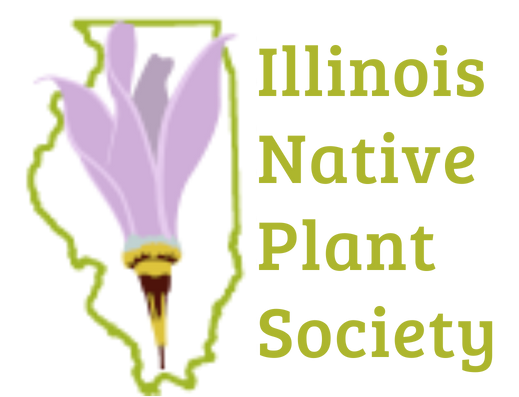Plant Profiles: In Defense of ‘Weeds’ (Native ones!)
Better start out with a definition of ‘weeds’ first. That means something quite different, whether you are an industrial farmer or a lawn obsessed suburbanite. Even polling our readers might yield wildly different definitions!
One of my few favorite Facebook pages is ‘Illinois Botany’. Some visitors to the site barely know the difference between dandelions and crabgrass. Others are some of our most experienced taxonomists. They freely share their knowledge with the former. We all have had to start somewhere. That makes this site, and similar ones, so valuable as plant identification skills are not taught anymore. Students in our high schools in the late 1800’s were more informed than those of today. That’s progress, right?
I digress a bit here. My thoughts were prompted by several recent comments on the above site. A brief one stated that Brown-eyed Coneflower (Rudbeckia triloba) was a weed. Another comment bemoaned the fact that Wild Ageratum (Conoclinium coelestinum) had become a weed in the wildflower garden. I like both. Yes, I admit to having pulled them on occasion. They do get around. One is an annual, the other a colony forming perennial. Both have been here for many decades. As my ability has slowly declined to ‘control’ what plant is where, I have decided to observe their interaction with other species and confined my weed pulling to Mule-tails, Ragweed and the ubiquitous Three-seeded Mercuries. None of these are showy, by the way. Successfully? Unfortunately, not.
(Photos: Alana McKean)
That interaction is dynamic and has changed much over the years. Other species in my extensive native plantings have similarly failed to stay put and joined the parade of change. None have taken over to the detriment of their neighbors. The list is long and includes Phlox paniculata, Lobelia siphilitica, Perideridia americana, Diarrhena americana and other grasses and even sedges. Perhaps ‘weeds’ are just plants that we don’t like where they are for often personal reasons – period. Some of these I have tried to introduce locally in what I thought were appropriate sites. Successfully for some, utter failures for others, wasting almost pounds of seed in the process. Weeds? What do we really know about the natural world?
Even the more invasive native weeds (suggestive statement, again!) may have an important function. Are they nature’s band-aids, wound dressings? In the last few centuries we have gone from that occasional disturbance to complete devastation. We are on the way of creating a ‘weed planet’. No doubt even many native weed species are undergoing a selection process where only the most vigorous, say aggressive types, will dominate. These are just musings, by someone who has long been called ‘Weeds’ himself. Oh well.



